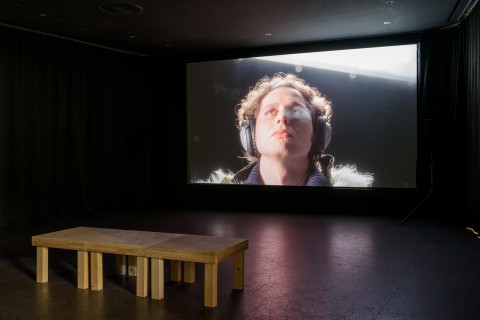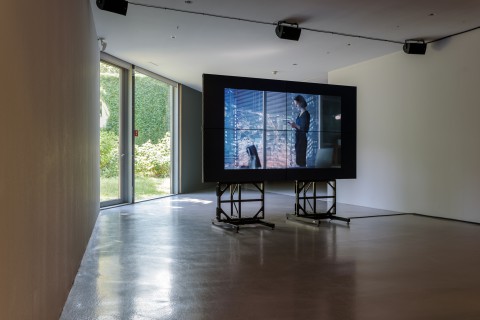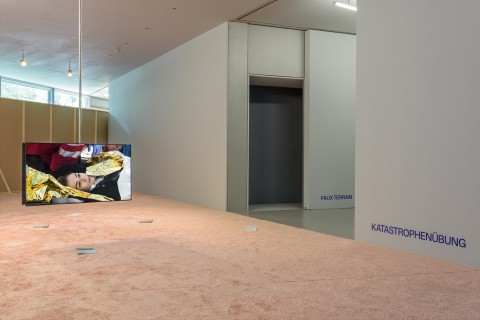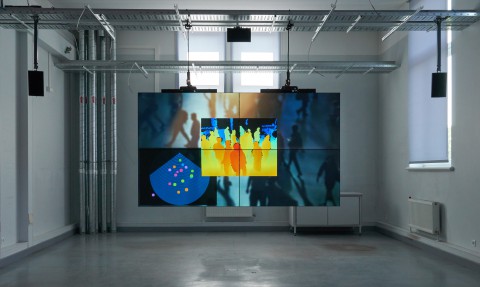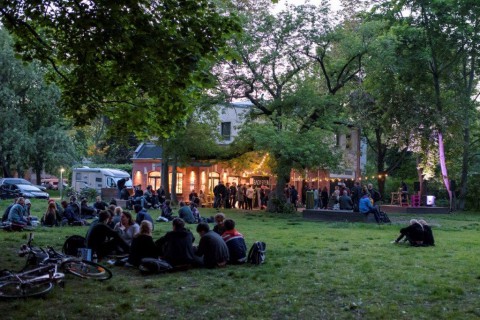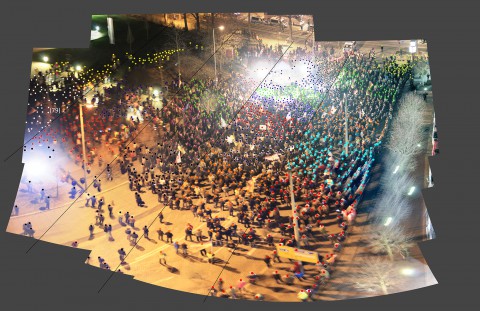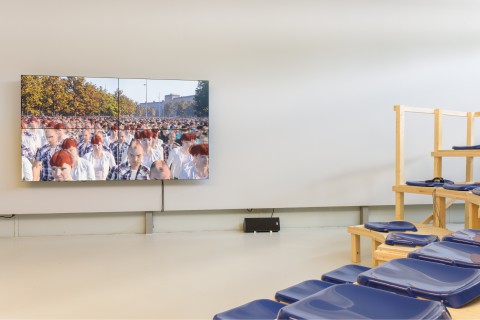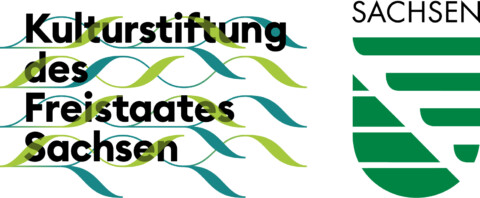Digital public spheres have not only changed the image of society, but also enable new democratic models of participation to emerge. However, tools of free consensus-building are controversial, and are used by right-wing groups for the purposes of stigmatisation and exclusion.
Based on Elias Canetti’s “Crowds and Power”, published in 1960, Clemens von Wedemeyer’s exhibition “Majorities” deals with past and present phenomena of mass mobilisation and the representation of crowds, as well as their political and psychological impact. How do people join forces with one another, what dynamics can arise within physical and digital crowds, how is social behaviour rehearsed and regulated by means of simulation? The artist’s interest ranges from historical photography and cinematic portrayals of crowds to the analysis of computer simulations in the gaming and surveillance industries.
The exhibition, designed with the architecture of the GfZK new building in mind, includes a thematic selection of cinematic works and video installations by the artist. Based on conversations and research on the subject of the Monday demonstrations in Leipzig, Clemens von Wedemeyer has also developed a new production entitled “70.001”, which presents a fictitious reproduction of the events of 1989. “Faux Terrain” links Switzerland’s past and present relating to questions of isolation and community.
Funded by the German Federal Cultural Foundation.
In collaboration with the Museum of Art Lucerne.
